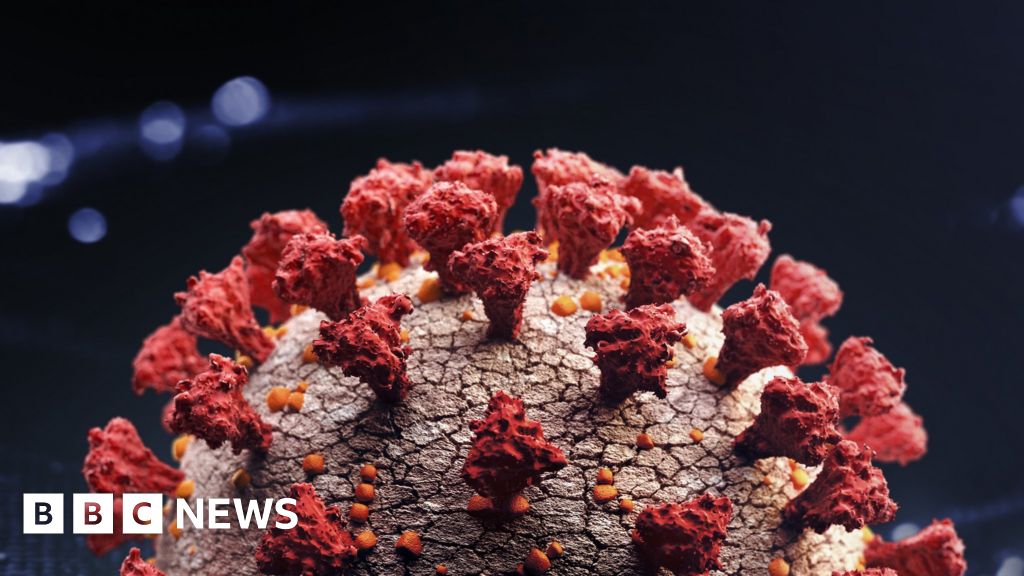You are here
 New Covid variant: How worried should we be? Scientists are closely watching a new variant circulating in South Africa - but there are few clear answers. BBC News
New Covid variant: How worried should we be? Scientists are closely watching a new variant circulating in South Africa - but there are few clear answers. BBC News We're back in familiar territory - growing concern about a new variant of coronavirus.
The latest is the most heavily mutated version discovered so far - and it has such a long list of mutations that it was described by one scientist as "horrific", while another told me it was the worst variant they'd seen.
It is early days and the confirmed cases are still mostly concentrated in one province in South Africa, but there are hints it may have spread further.
Immediately there are questions around how quickly the new variant spreads, its ability to bypass some of the protection given by vaccines and what should be done about it.
There is a lot of speculation, but there are very few clear answers.
So, what do we know?
The variant is called B.1.1.529 and is likely to be given a Greek code-name (like the Alpha and Delta variants) by the World Health Organization on Friday.
It is also incredibly heavily mutated. Prof Tulio de Oliveira, the director of the Centre for Epidemic Response and Innovation in South Africa, said there was an "unusual constellation of mutations" and that it was "very different" to other variants that have circulated.
In a media briefing Prof de Oliveira said there were 50 mutations overall and more than 30 on the spike protein, which is the target of most vaccines and the key the virus uses to unlock the doorway into our body's cells.
Zooming in even further to the receptor binding domain (that's the part of the virus that makes first contact with our body's cells), it has 10 mutations compared to just two for the Delta variant that swept the world.
This level of mutation has most likely come from a single patient who was unable to beat the virus.
A lot of mutation doesn't automatically mean: bad. It is important to know what those mutations are actually doing. ...
ALSO SEE: AP Explainer -- What is this new COVID variant in South Africa?



Recent Comments